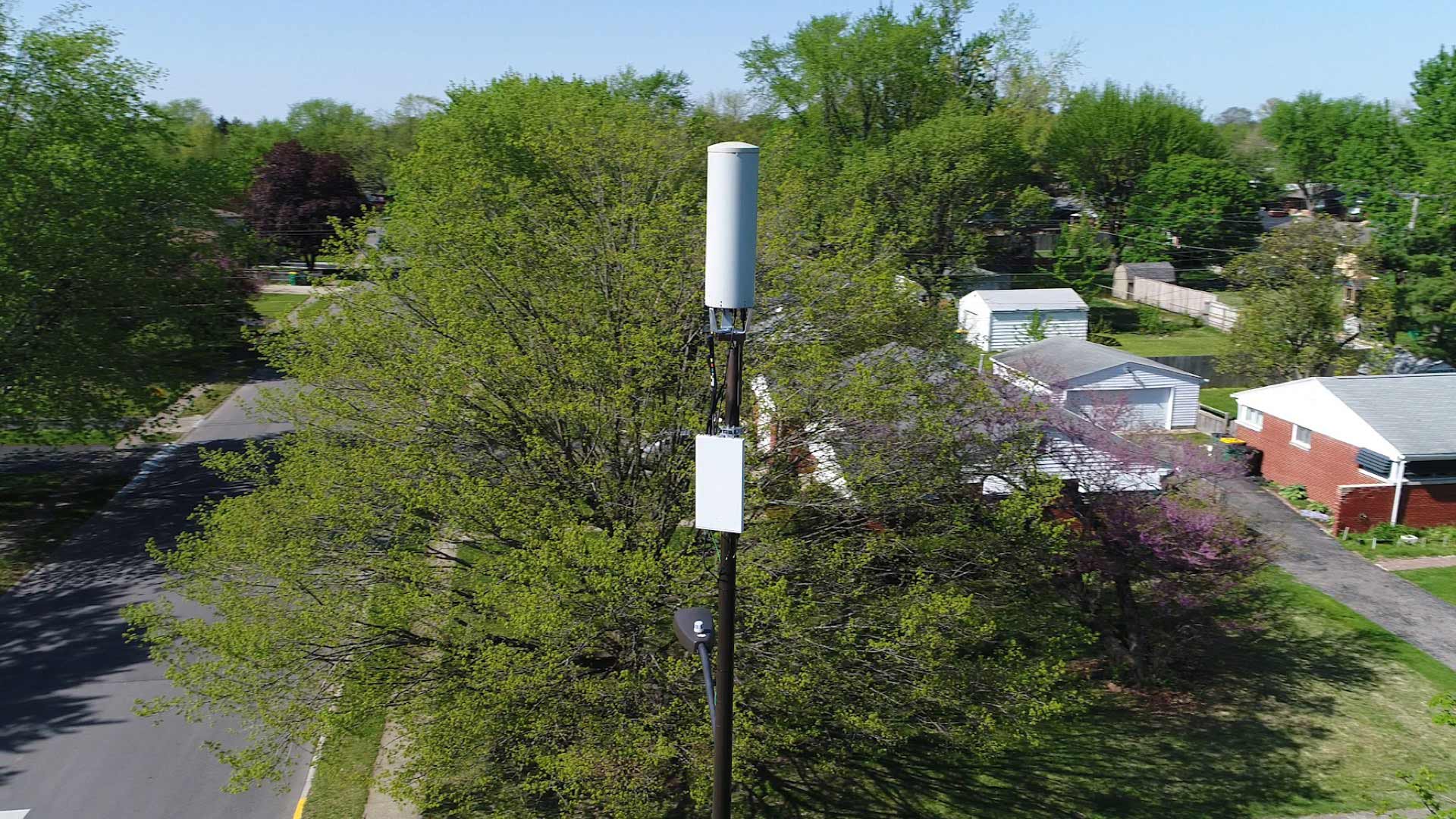Minor, miniature 5G cell towers are now being mounted on lampposts, and you will probably have seen these people on your own travels around towns. These may well appear like normal small boxes, nevertheless what they're actually doing is beaming wireless signals by cellular carriers for your phone.
These podiums are gradually replacing the bigger, extra permanent mobile mobile phone antennas. They are not as much obvious, yet they will may still make issues for individuals.
Regulations for Safe Radiation Levels by the Federal Marketing and sales communications Commission
The Federal government Communications Commission's (FCC's) Radiation Exposure Thresholds outline the ideal permitted proximity between a new person and cellular devices before going through adverse health results. The exposure restrictions are based upon research showing that will prolonged exposure to RF radiation is negative for people.
safe distance to live from cell phone tower of radiofrequency energy soaked up by tissue is expressed as typically the specific absorption price (SAR). On what is a safe distance from a cell tower , one gram associated with tissue absorbs one. 6 watts each kilogram.
Yet, 5g has the potential to induce increased strength intensity on the particular skin and additional immediately exposed physique parts due to its higher tranny frequencies. It has the particular potential to produce a broad variety of unwanted effects, including hastening the progression associated with skin illnesses which includes dermatitis, skin cancer, and cataracts.
Intended for all 5G providers operating at 3000 GHz, PSU provides imposed an over-all local power density restriction of 4 mW/cm2 averaged over 1 cm2 but not to be able to exceed half an hour within light of the particular possibly severe outcomes of 5g rays. This regional utmost will abide by the optimum spatial-average SAR worked out across 1 h of tissue from 6 GHz, which often is 1. 6th W/kg.
what is a safe distance from a 5g cell tower Set By The particular Federal Communications Percentage
As anybody which has used a mobile phone has learned, you need to be at minimum 400 meters apart from the tower to avoid interference. Reason being, some sort of cell tower's sign strength drastically enhances with distance.
This may appear like a smart plan, nevertheless there is several evidence to recommend that people who are living in close neighbourhood to towers could possibly be at a higher risk for developing health issues. As an example, one research carried out in 2014 inside India indicated of which locals living within just 50 meters associated with mobile towers experienced much higher wellness issues than patients living farther away.
In contrast, the study found that someones symptoms returned to normal in just a very few days after moving away from the cell podiums. Researchers have shown that brain cancers and cancer may possibly develop in test subjects subjected to high ranges of radiofrequency electromagnetic fields (EMFs).
This specific is because radiofrequency (RF) radiation, which usually is utilized in wireless communication, may pass through the outside layer of human skin. The pores and skin serves as a new barrier against physical damage, infection by simply pathogenic microbes, as well as the admission of dangerous chemicals, thus realizing this is essential. Furthermore, it's typically the biggest organ inside the body and even it protects the rest of the particular body's systems.
Least Exposure Limits Set up by the FCC
Many unfounded assumptions underpin the FCC's Minimum Exposure Thresholds. A common misunderstanding is the fact that brief exposures to radiofrequency (RF) radiation pose zero health problems owing to the low vitality at which that is absorbed by the human human body (i. e., muscle heating).
The predictions also discounts typically the impact of pulsed RF waves plus the deeper going through ELF components involving modulated RF indicators. Health protection coverage levels should not be based upon these assumptions given that they are not really in accordance along with current understanding of the biological associated with RF radiation.

Peak spatial specific absorption charge (psSAR) is surely a not enough dosimetric tool regarding evaluating the degree of exposure to RF the radiation, and yet the particular ICNIRP and FCC are confining their particular maximum exposure boundaries to local optimum SARs. When coping with frequencies above 6 GHz, psSAR in particular is suffering from inaccuracy. Co-exposure to RF radiation and other environmental factors, such as sunshine, has also not been tested for psSAR. Presently there is some debate about regardless of whether RF radiation's interactions together with other environmental agents will have counteracting or enhancing outcomes. The potential for harm to be able to one's health would certainly grow on those grounds. Co-exposure to RF rays and sunshine, for instance, may enhance the risk of skin cancer and irritate other skin circumstances like acne.
